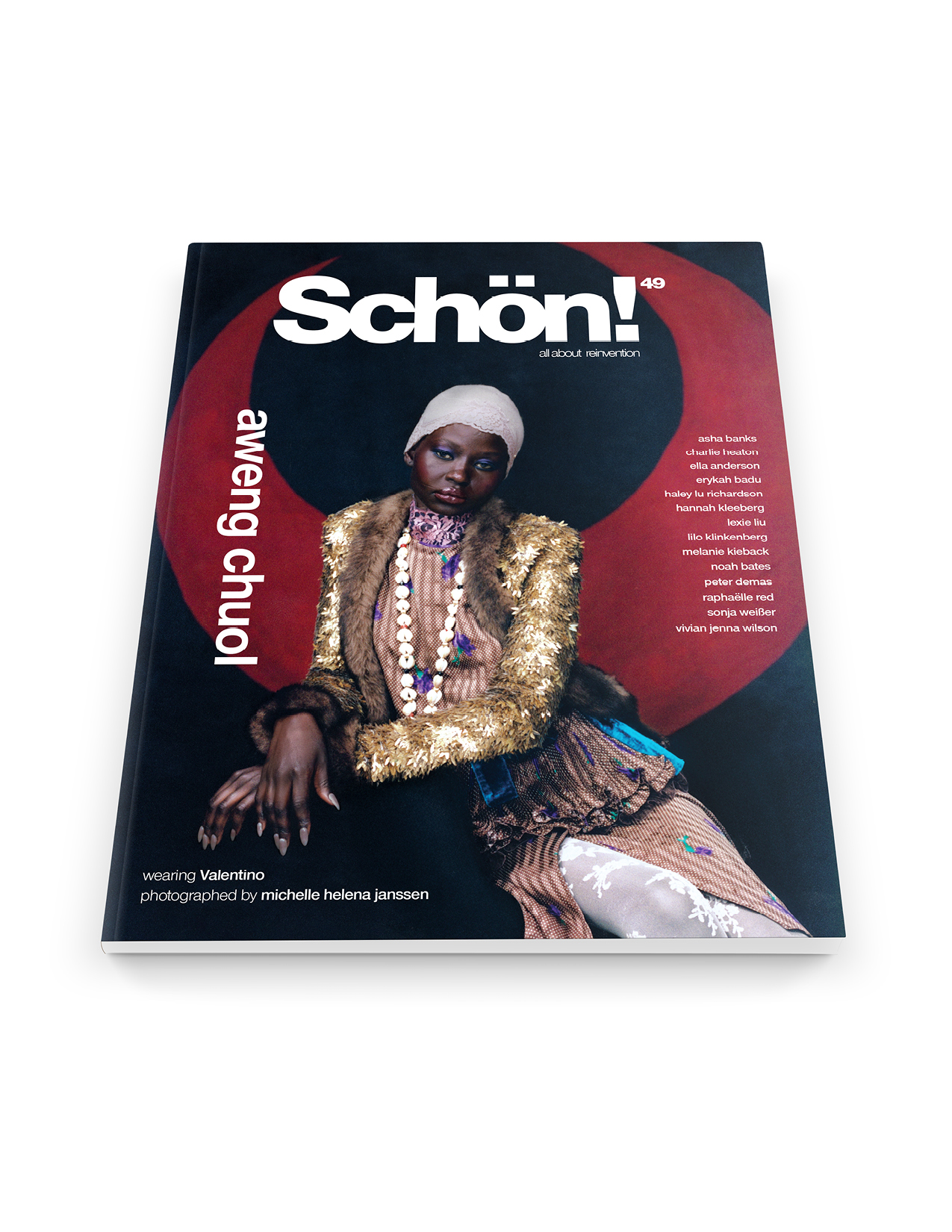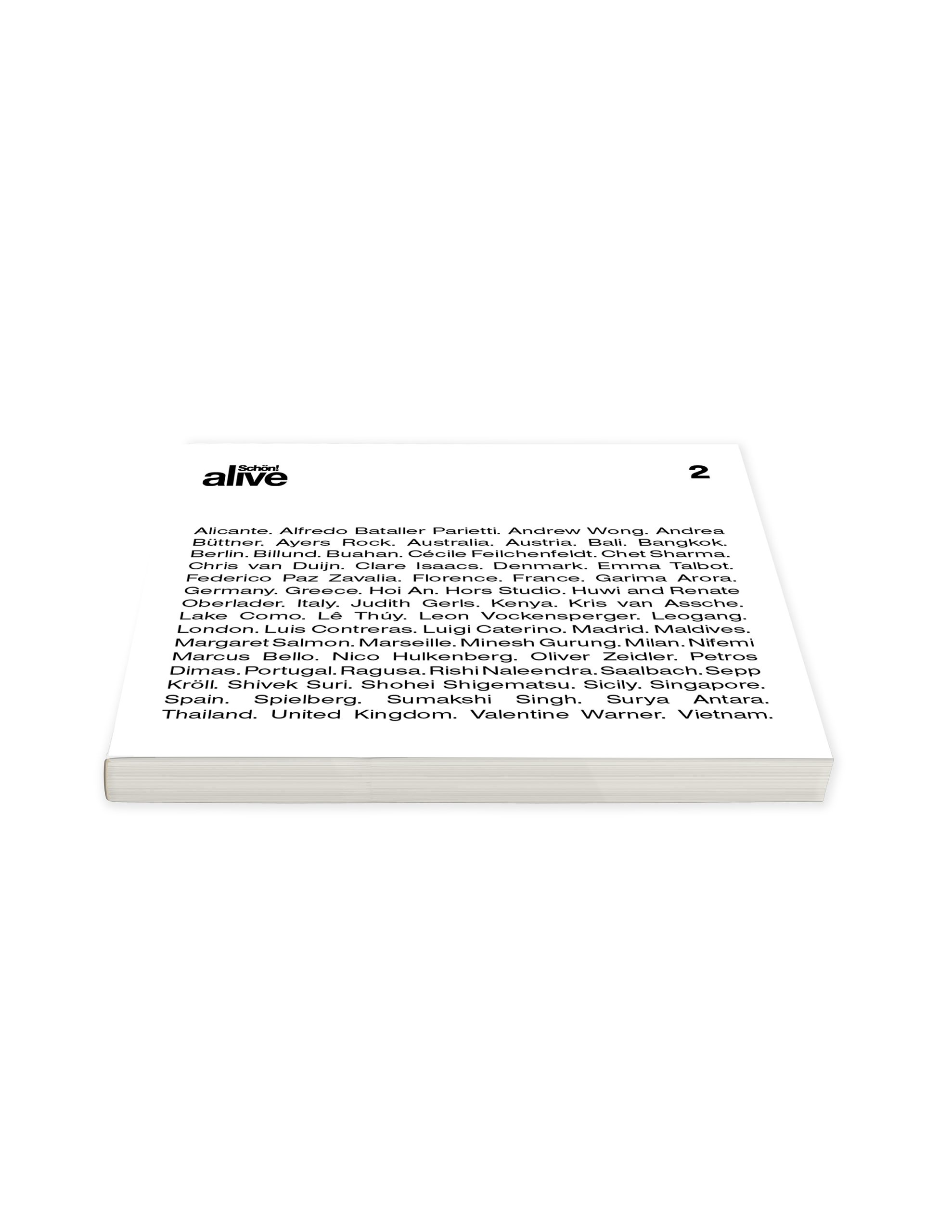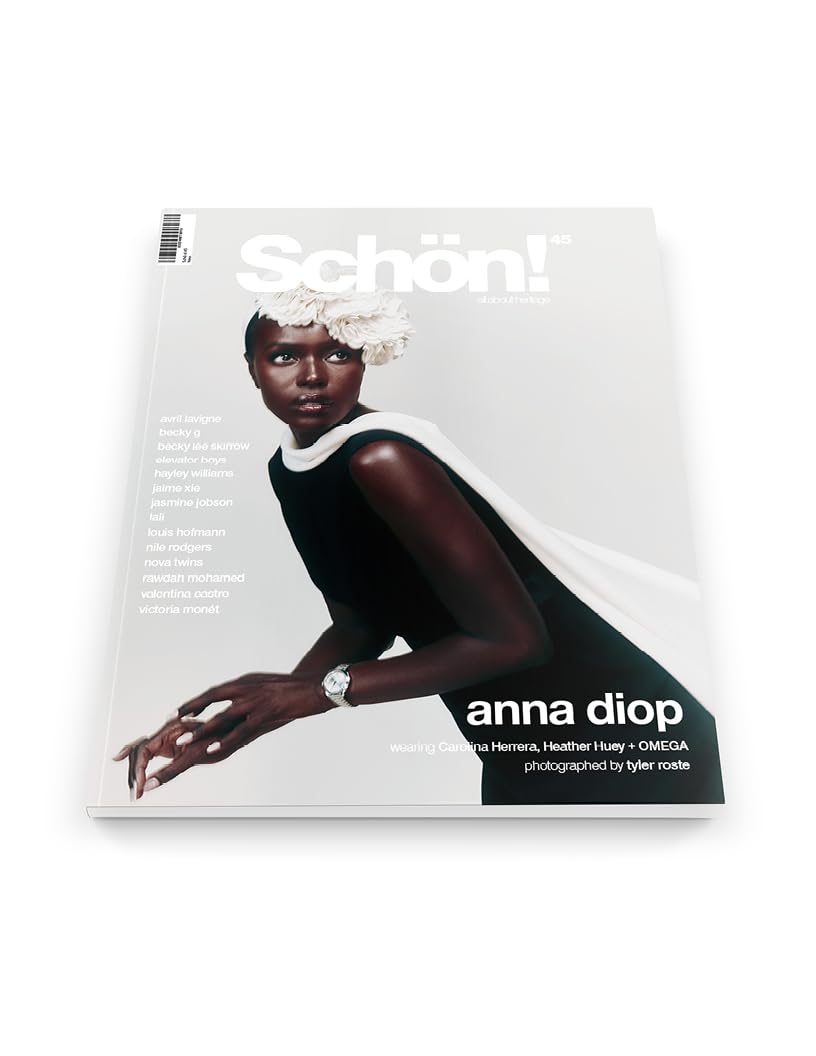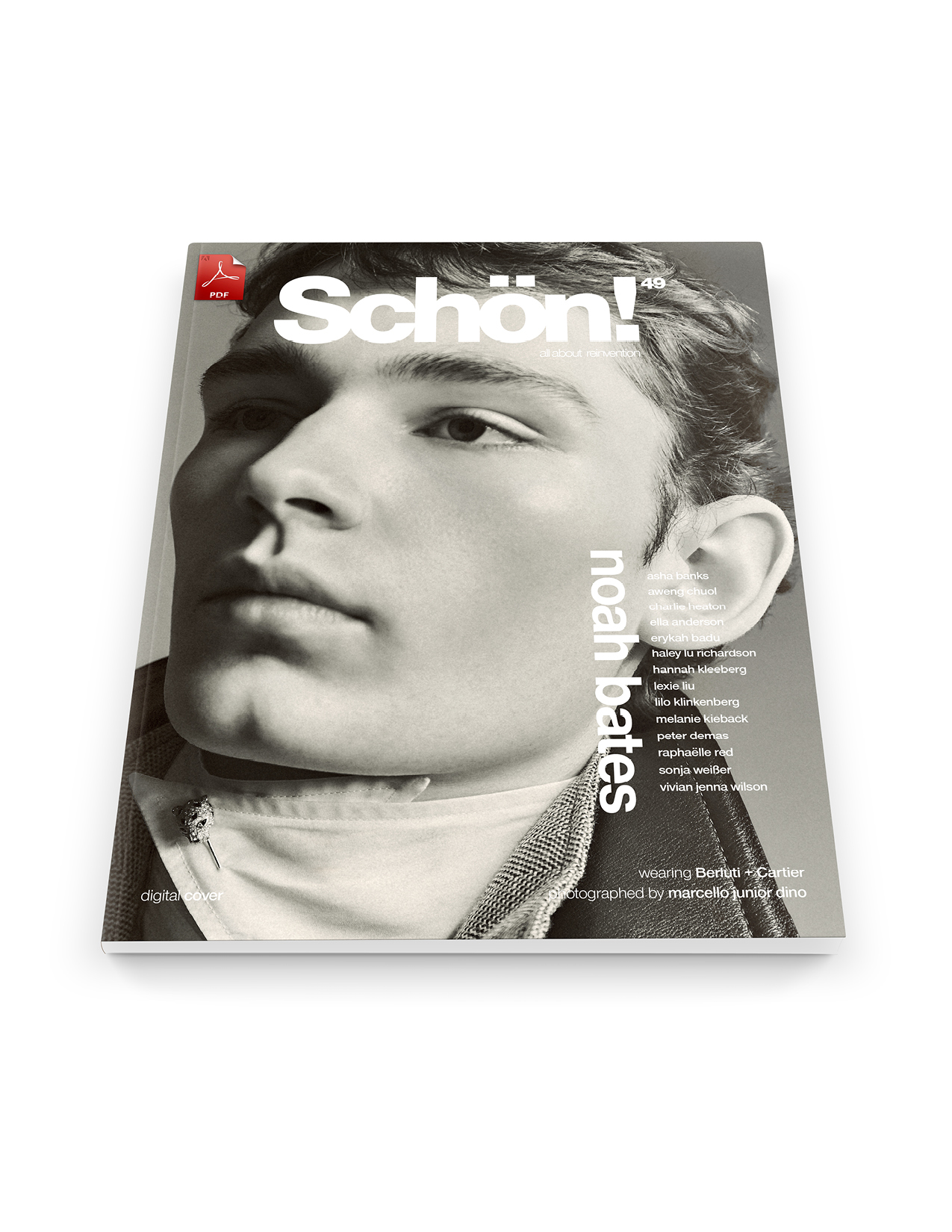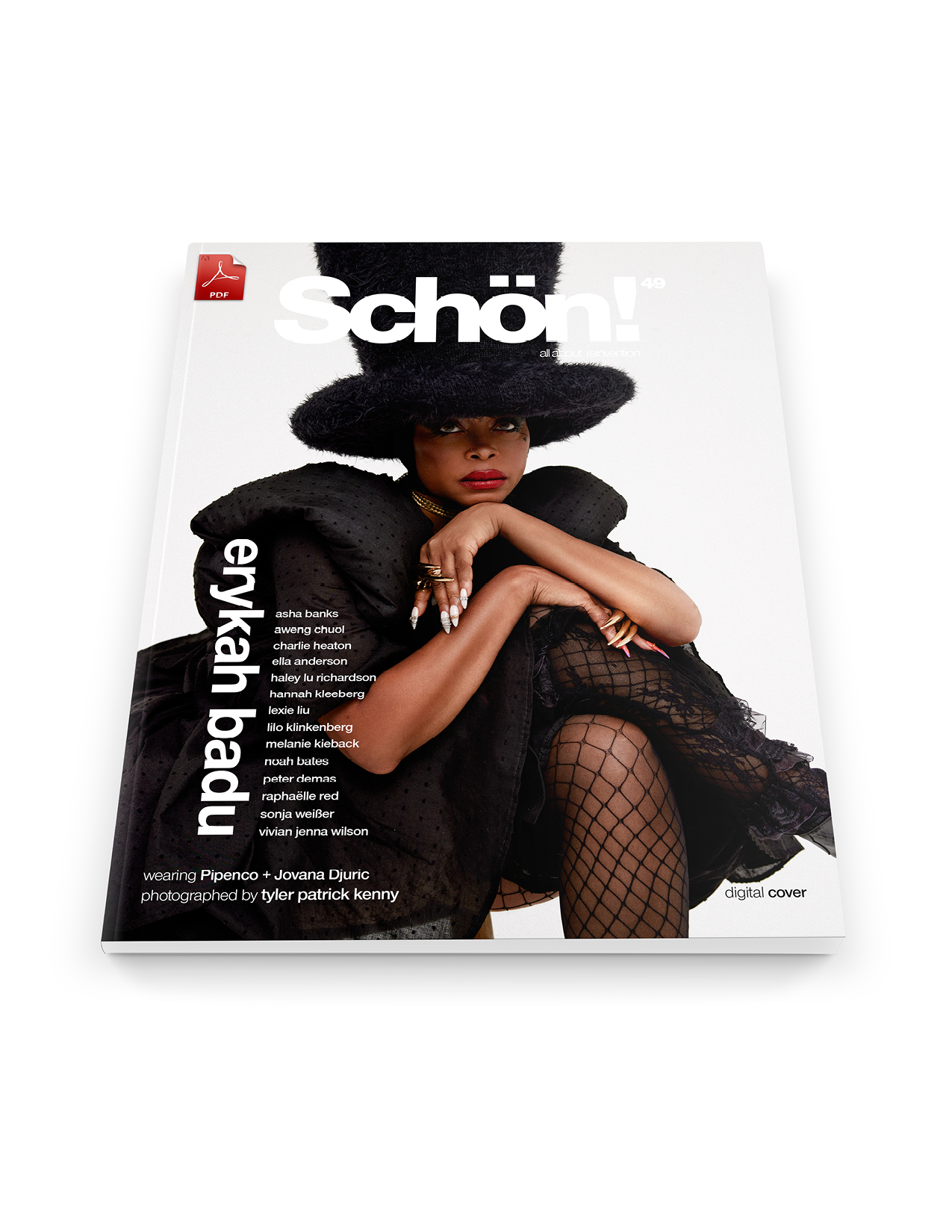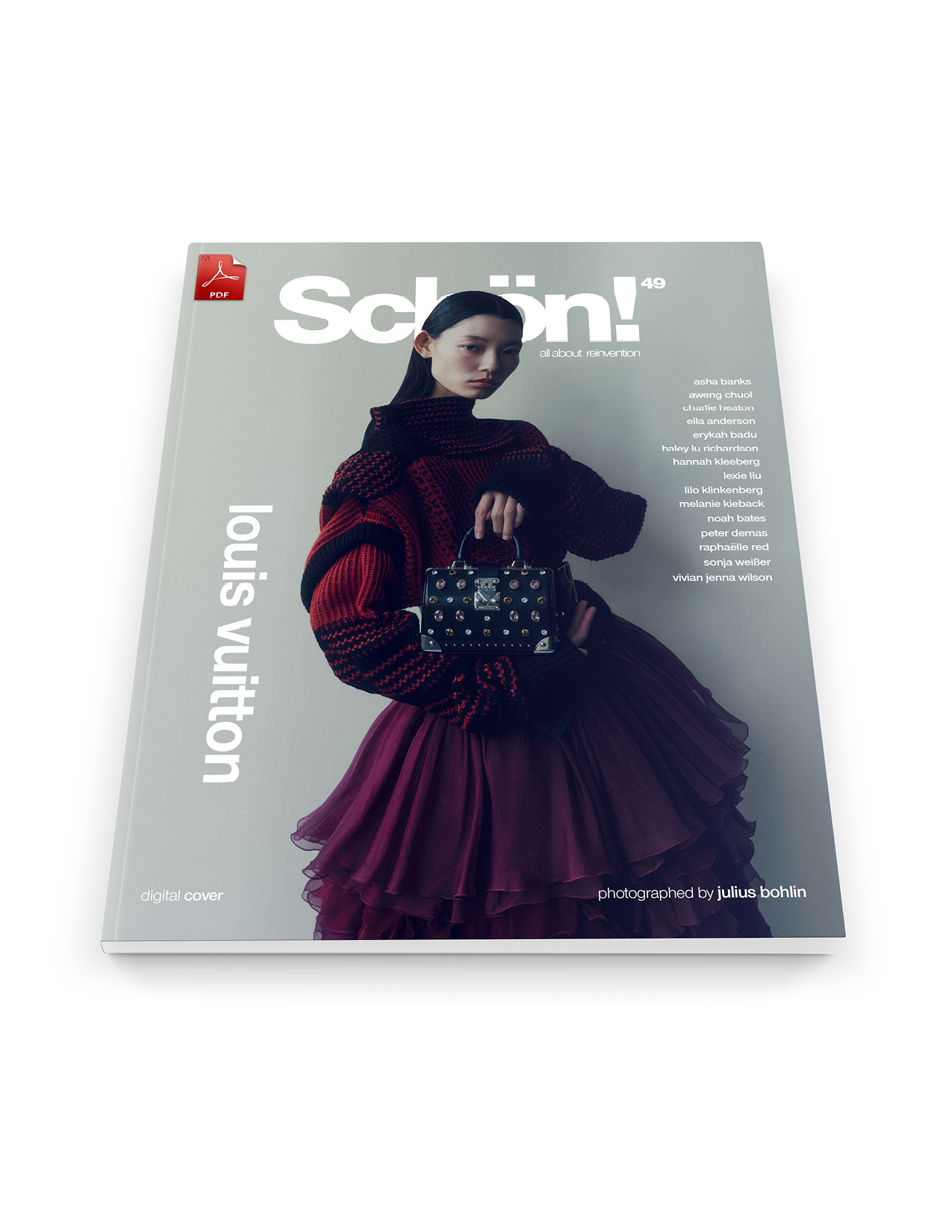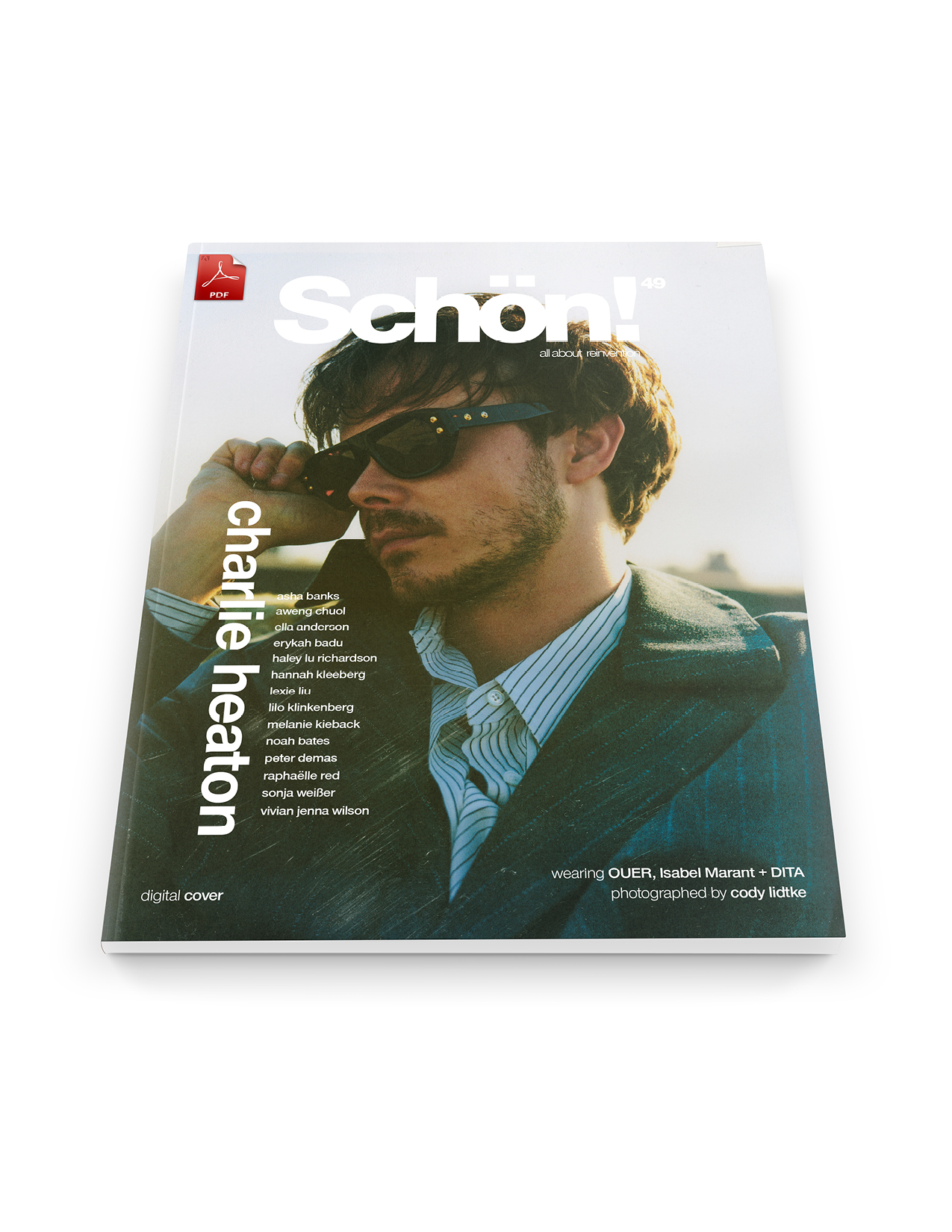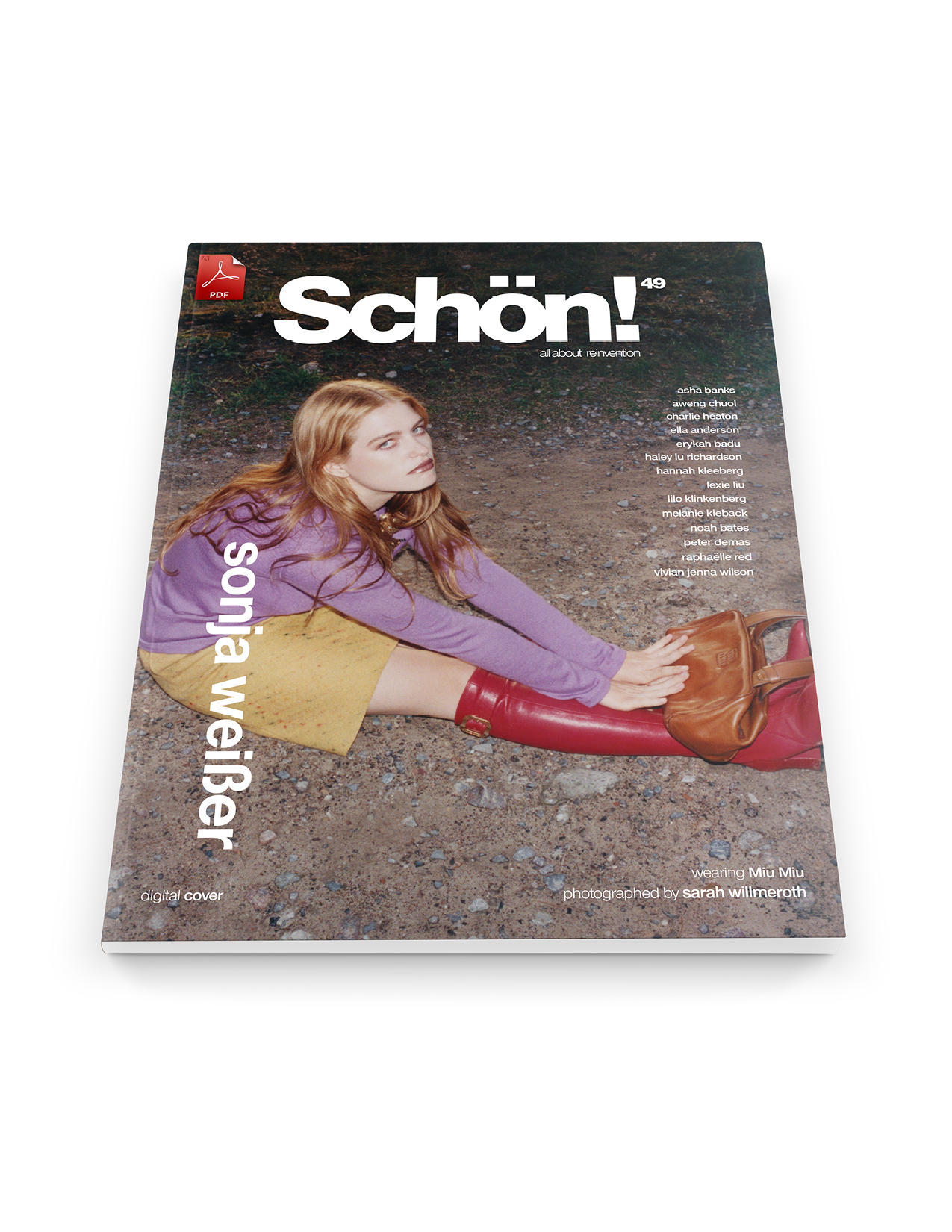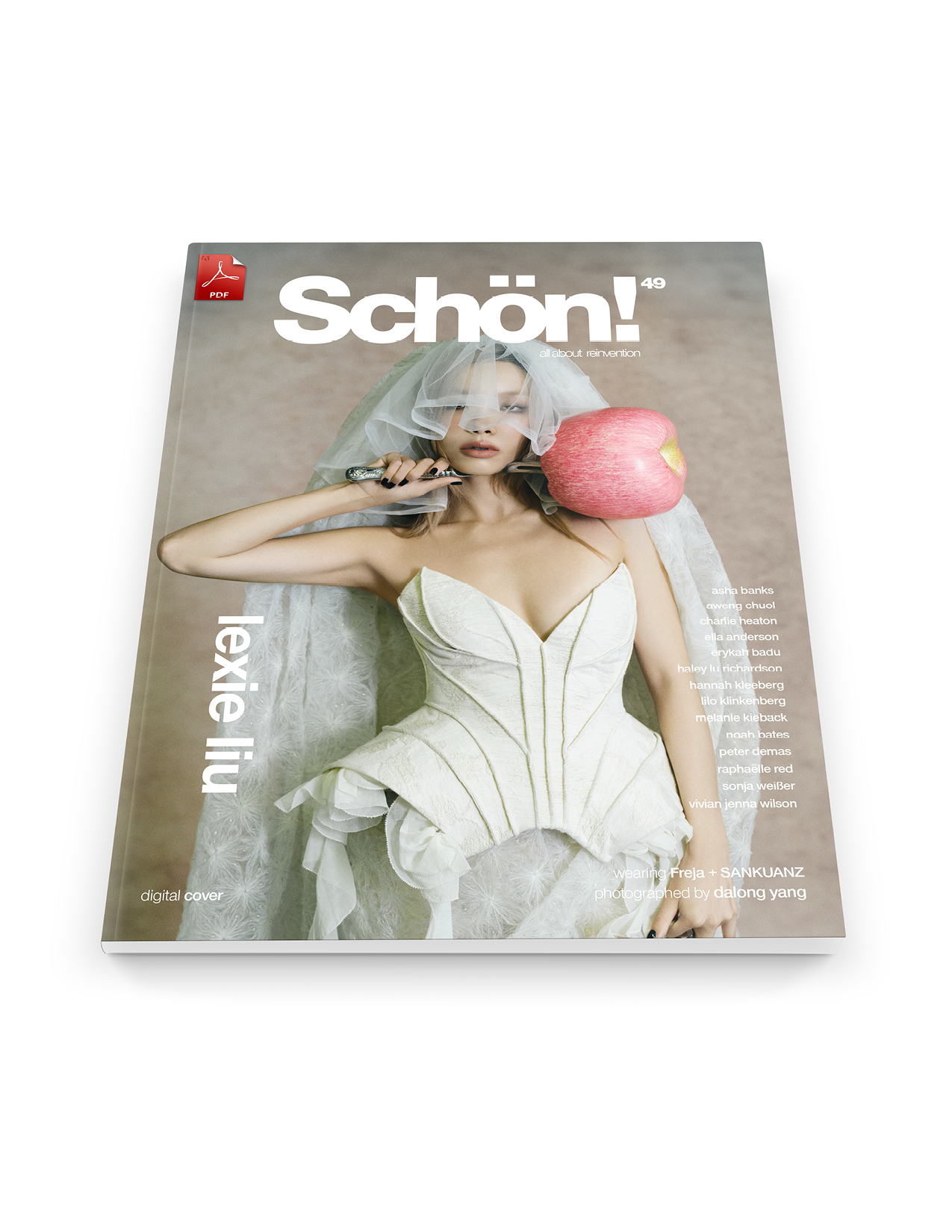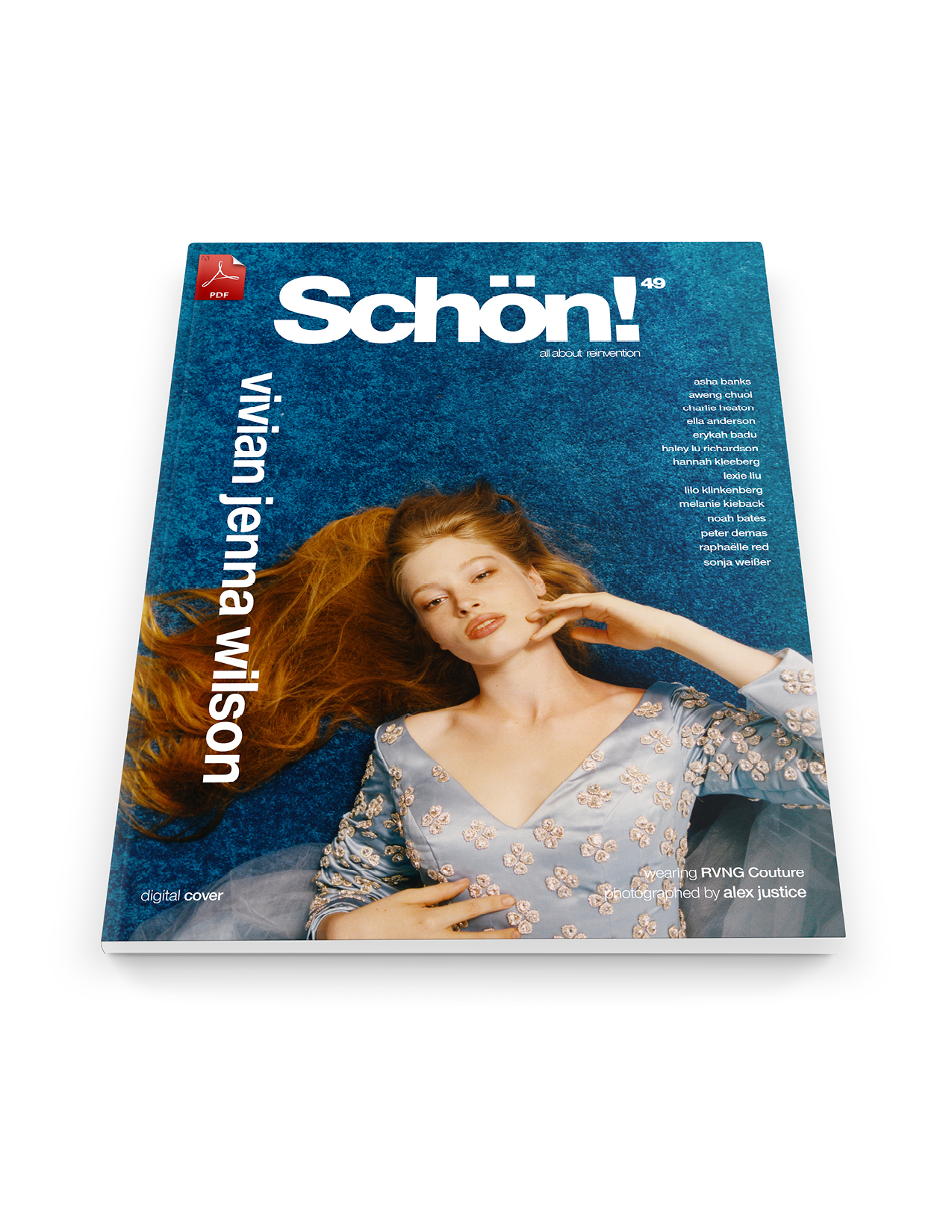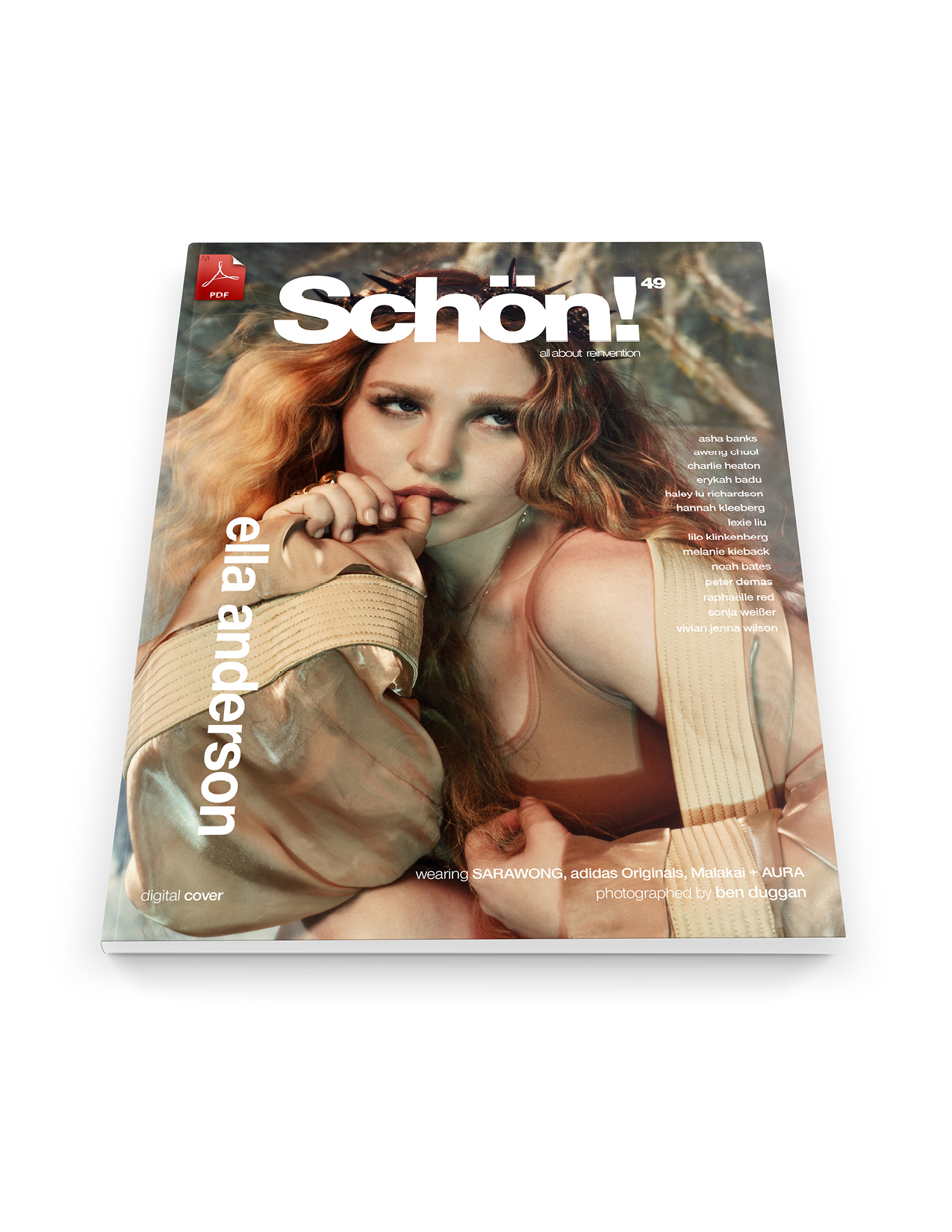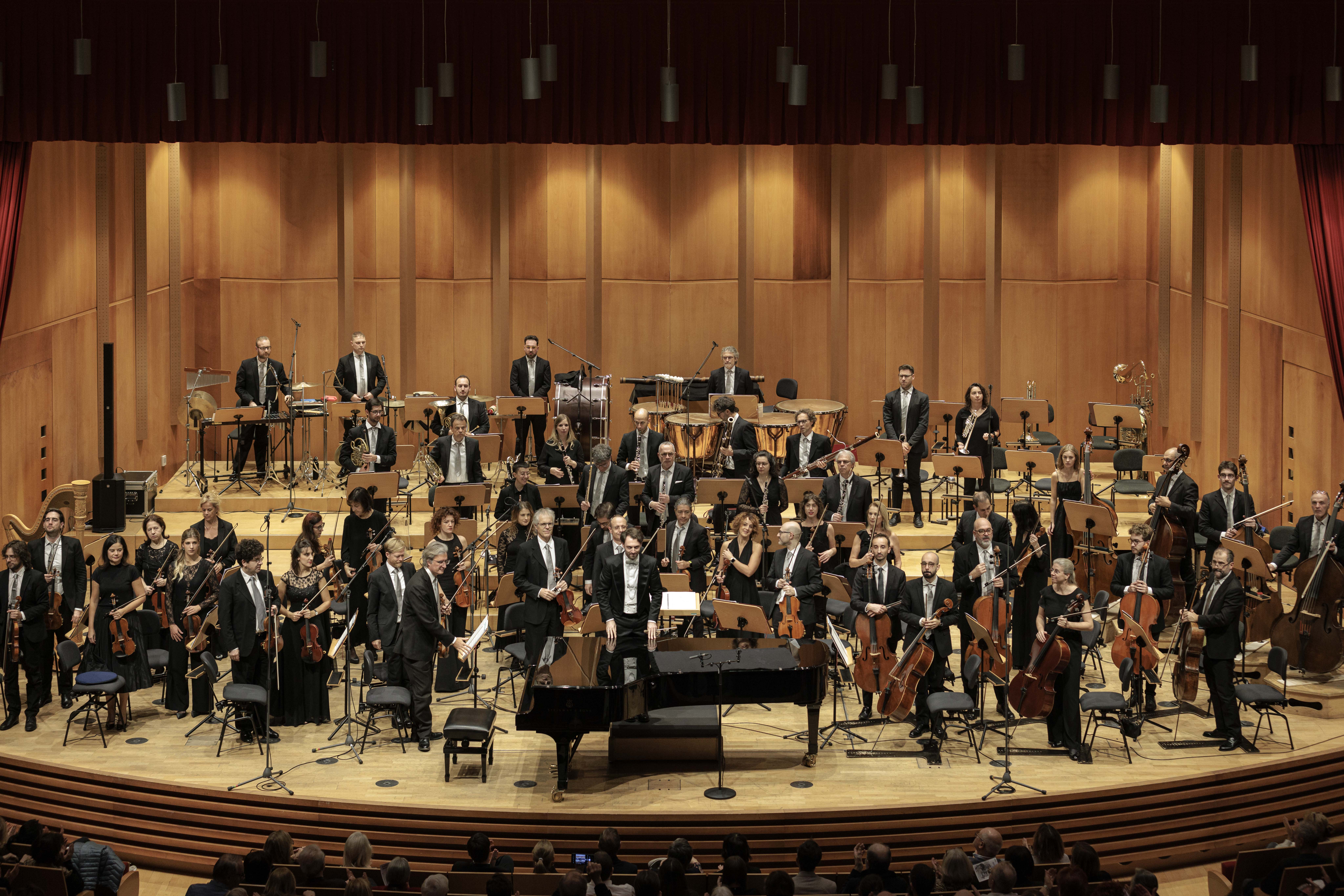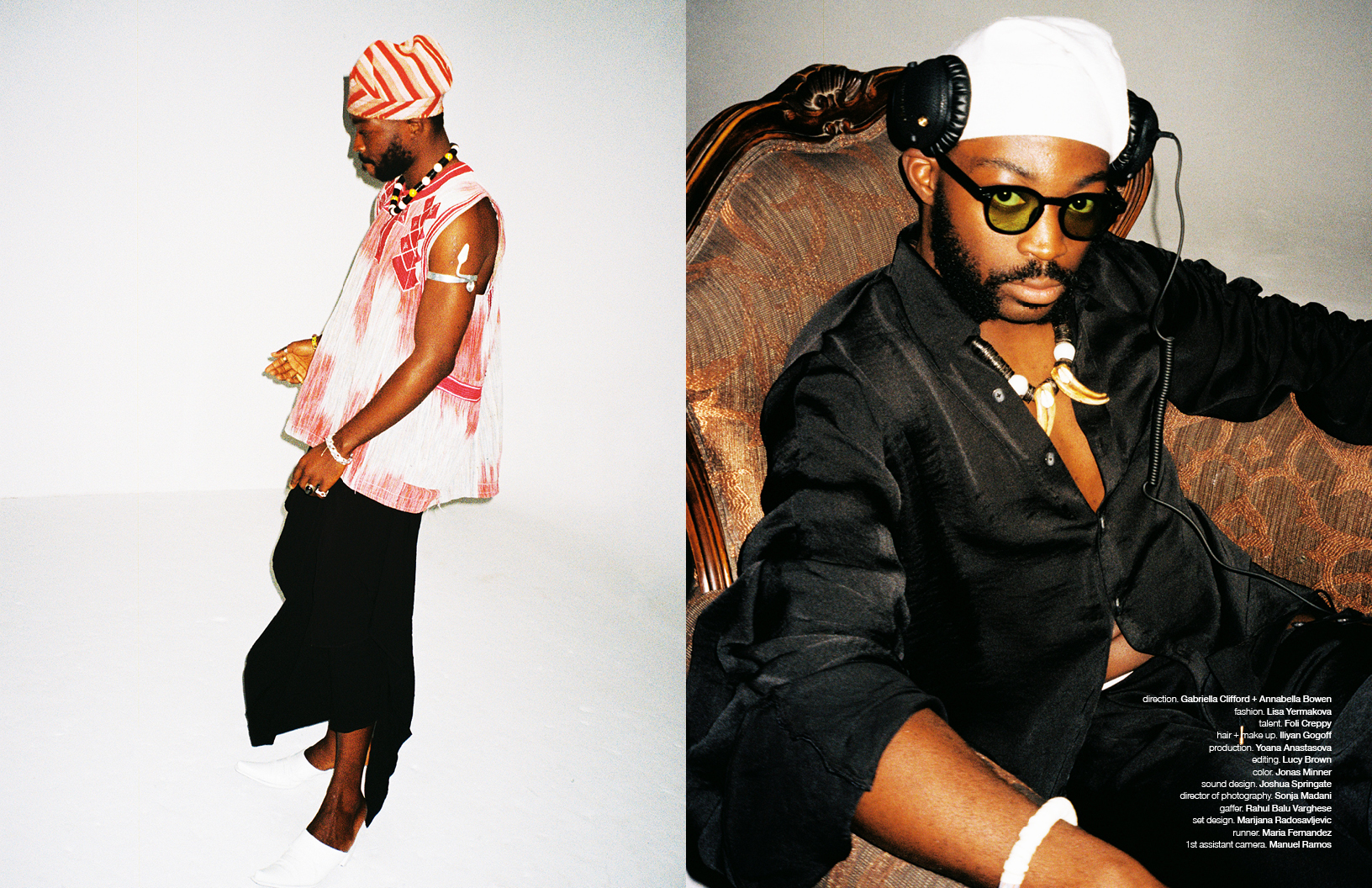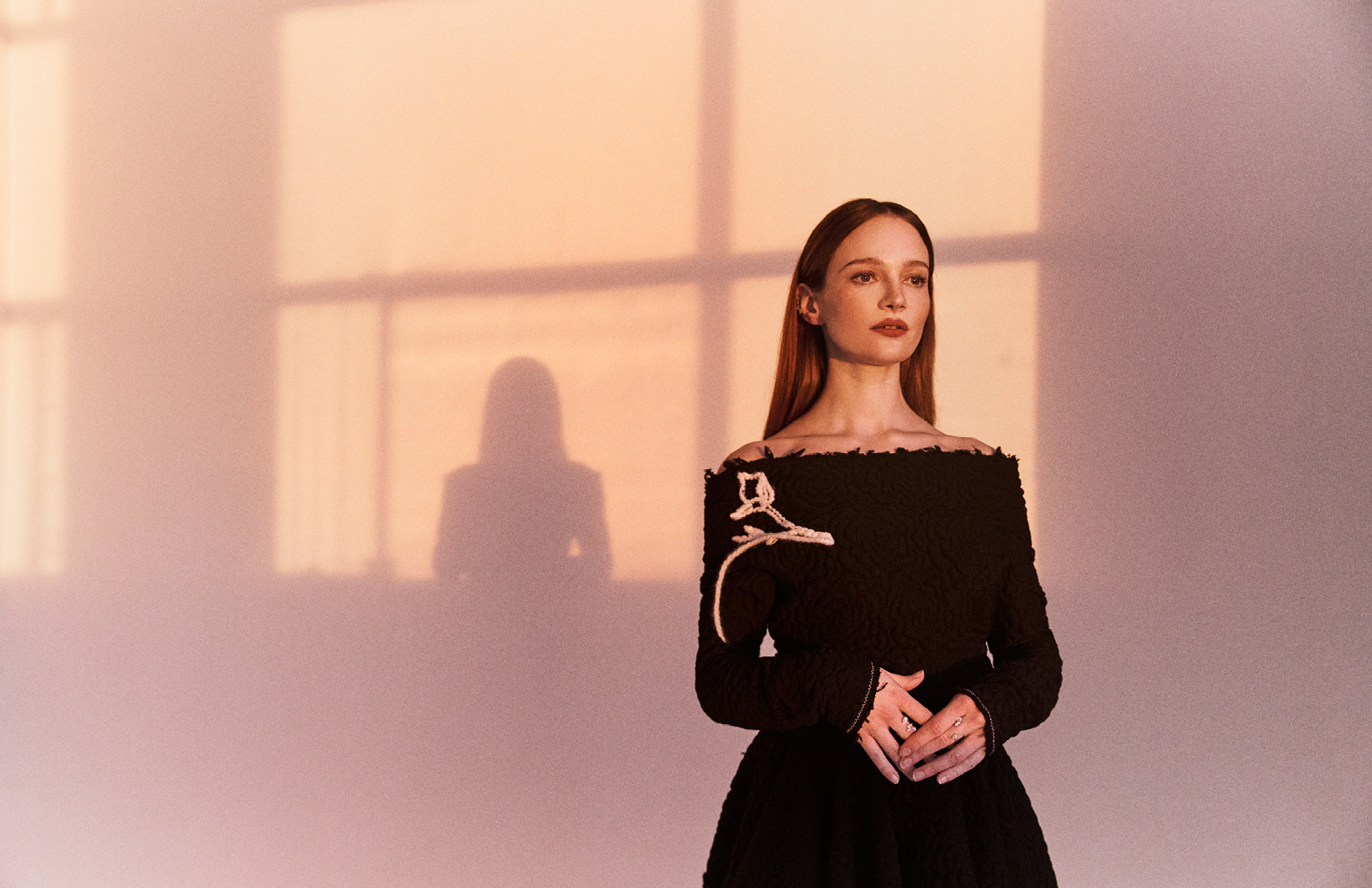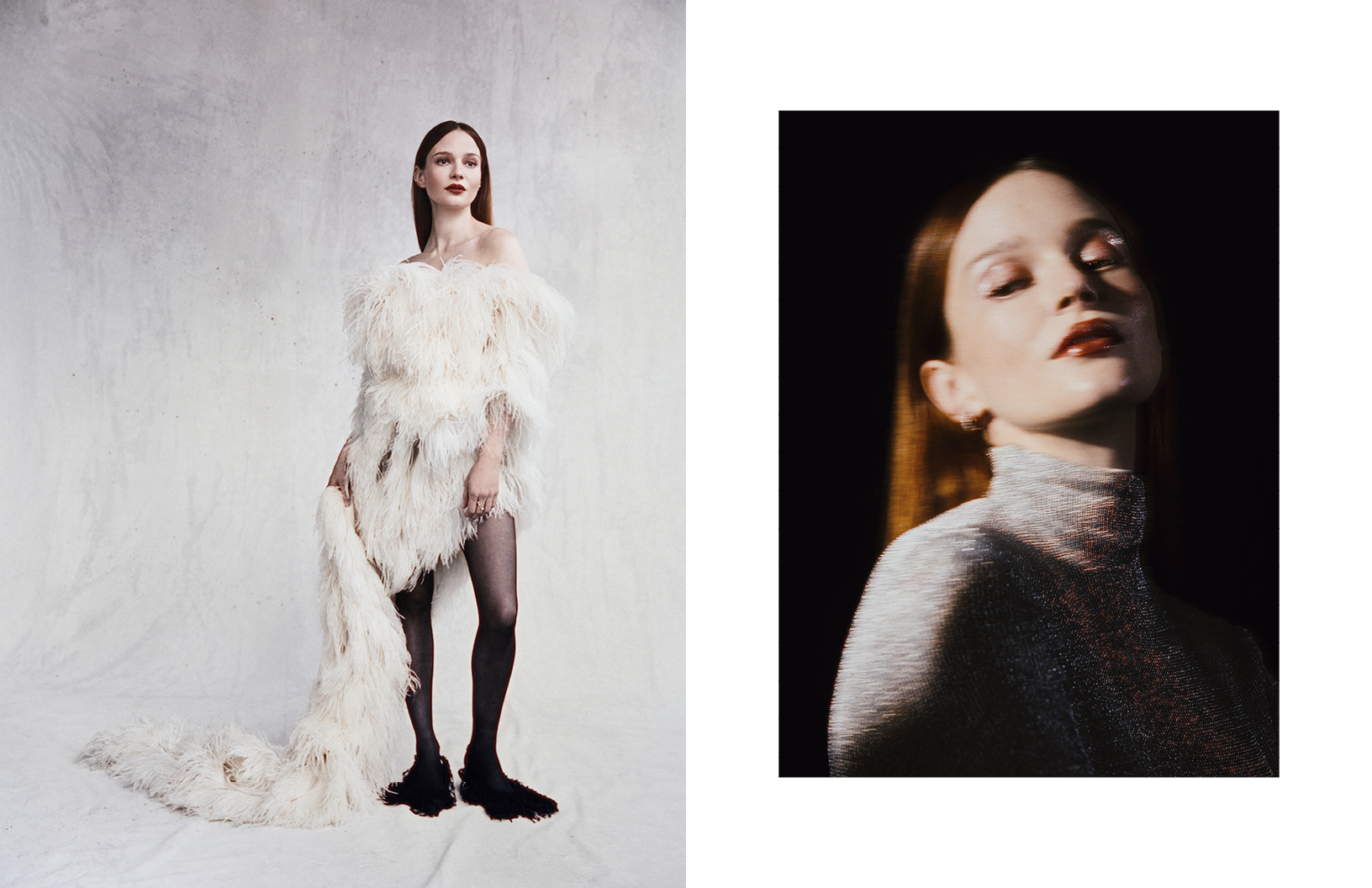Wireless Festival is back for 2022 and it’s set to be the highlight of the summer for music lovers. This year, some of the biggest stars in the world will touch down in the UK to perform both in London and in Birmingham over two weekends. When it comes to lineups, festival goers are spoilt for choice. The first weekend of July will be a treat for rap and R&B fiends with past Schön! digital cover stars Kali Uchis and Snoh Aalegra due to serenade crowds at London’s Crystal Palace. Hip hop heavy weights Tyler, The Creator, A$AP Rocky and J Cole (a stellar roster, we know!) will also be headlining the festival’s opening weekend. The variety of female rappers is just as enticing with showstoppers Rico Nasty and South London’s very own Ms Banks set to perform.
The following weekend at London’s Finsbury Park is packed with some of the hottest acts in music from head hottie Megan Thee Stallion to Afrobeats star Burna Boy. Wireless is proudly holding the stage for pioneering women in music with headliners like Nicki Minaj, Cardi B and SZA. If that wasn’t enough a of a swoon-worthy selection, R&B fans will enjoy the soothing sounds of Giveon, Lucky Daye and Schön! 36 digital cover star H.E.R. And that’s not just in the capital, either. Many of Wireless’s biggest acts like Wiz Kid and Cardi B will front live performances at Birmingham’s NEC too. The homegrown and global talent on offer is delectable but aside from the names you already know and love, Schön!’s music editor lists six rising artists you should keep an eye out for at Wireless Festival 2022.
Knucks
Rapper Knucks is one of the brightest voices to come out London. His diary-like lyricism, drill adjacent beats and jazz samples landed the artist his first UK Top 5 album with ALPHA PLACE this year. It’s safe to say that 2022 is the year he collects his accolades for being an authentic taste of British music and one of the most talented rising artists the country has to offer.
Sunday 3 July, London Crystal Palace & Sunday 10 July, Birmingham NEC
Miraa May
Miraa May will be waving the flag for both North London and Algeria at Wireless this year. She’s a versatile R&B singer whose sweet and harmonic flow effortlessly compliments her frank and witty lyricism. If she’s not already on your playlist, you still have time to get to know the promising artist. May is fresh off the release of her debut album Tales Of A Miracle so there is plenty of new music to learn the lyrics to before seeing her live.
Sunday 3 July, London Crystal Palace
AG Club
If you’re craving a new hip hop collective to get into, AG Club might be your favourite new find. The refreshing rap group hail from the Bay Area and will be making their debut UK performance at Wireless this year. Their discography is both innovative and progressive so expect the unexpected and enjoy a new-age take on what you thought you knew of Cali rap.
Sunday 3 July, London Crystal Palace
Backroad Gee
Rapper Backroad Gee is a master performer. His sound is zesty cocktail of his Congolese background and East London roots, while his unpredictable flow and magnetic energy make him a must-watch artist this year. Known for his signature riotous vocals, it doesn’t take much to inspire crowds with his raw talent and lively stage presence.
Friday 8 July, London Finsbury Park
Ayra Starr
Nigerian singer-songwriter Ayra Starr had a huge hit with viral song Bloody Samaritan in 2021 and this year looks even more promising for the Afro-Pop artist. At just 20, her ambient sound and captivating hooks are set to be the sound of summer. The rising star will bring some of the very best beats from the continent to London so you don’t want to miss it!
Friday 8 July, London Finsbury Park
Berwyn
2021 Mercury Prize nominee Berwyn makes music with beating pulse and heaps of soul. He’s a storyteller who knows how to turn emotions into beautiful music that plays like magic on stage. If you’re looking to have a sentimental live experience at Wireless, Berwyn is one to watch.
Sunday 3 July, London Crystal Palace
Wireless Festival 2022 kicks off from 1 – 3 July at Crystal Palace, London and 8 – 10 July at Finsbury Park, London and Birmingham NEC. Tickets are out now.
words. Shama Nasinde


Schön! Magazine is now available in print at Amazon,
as ebook download + on any mobile device









